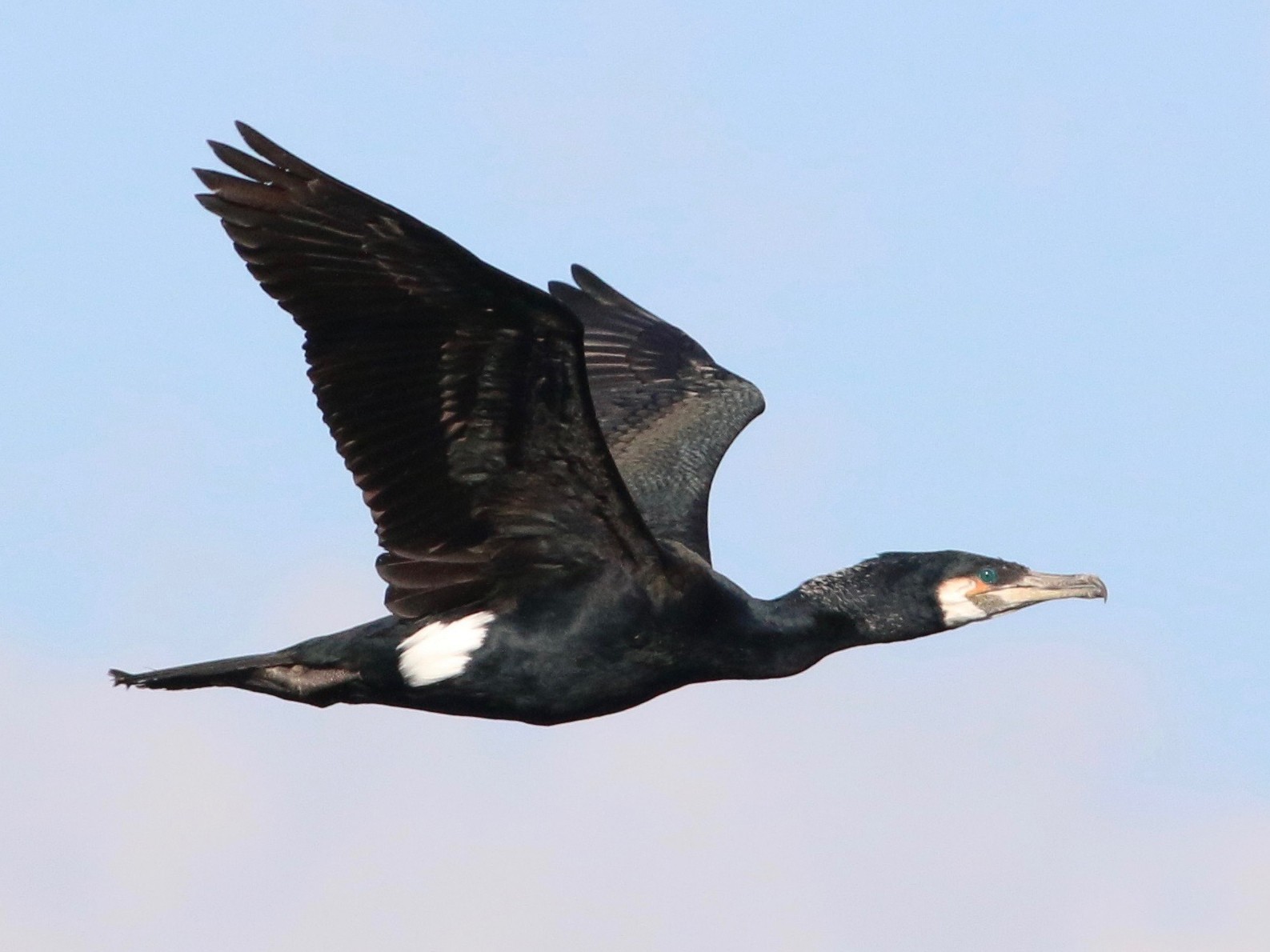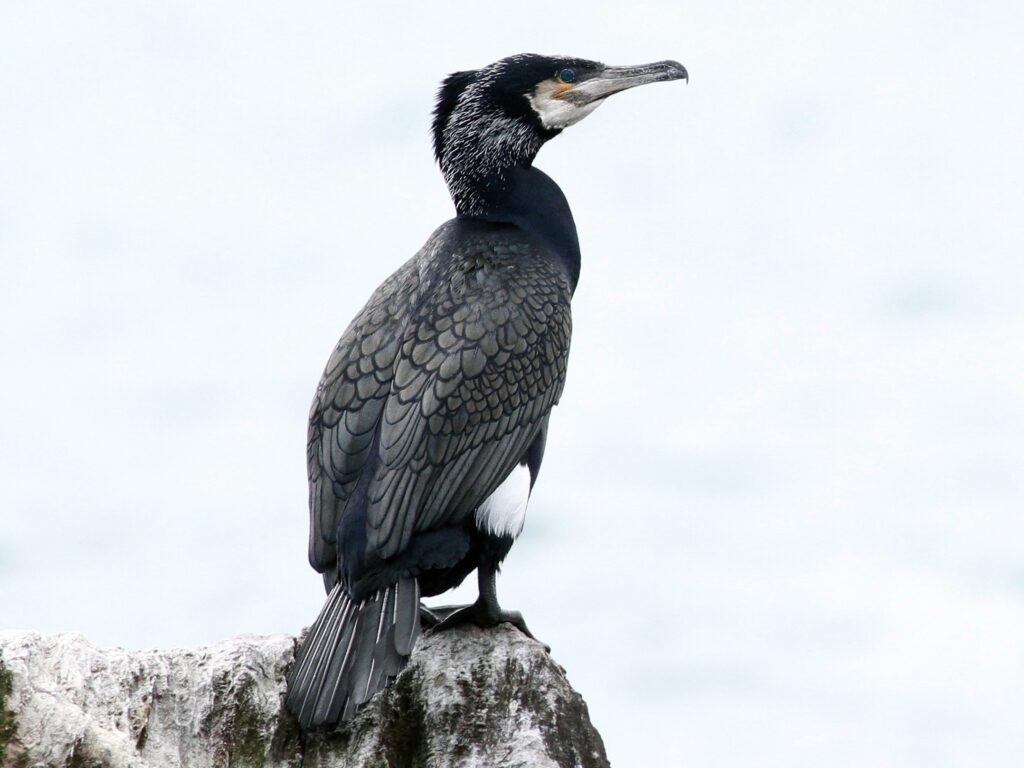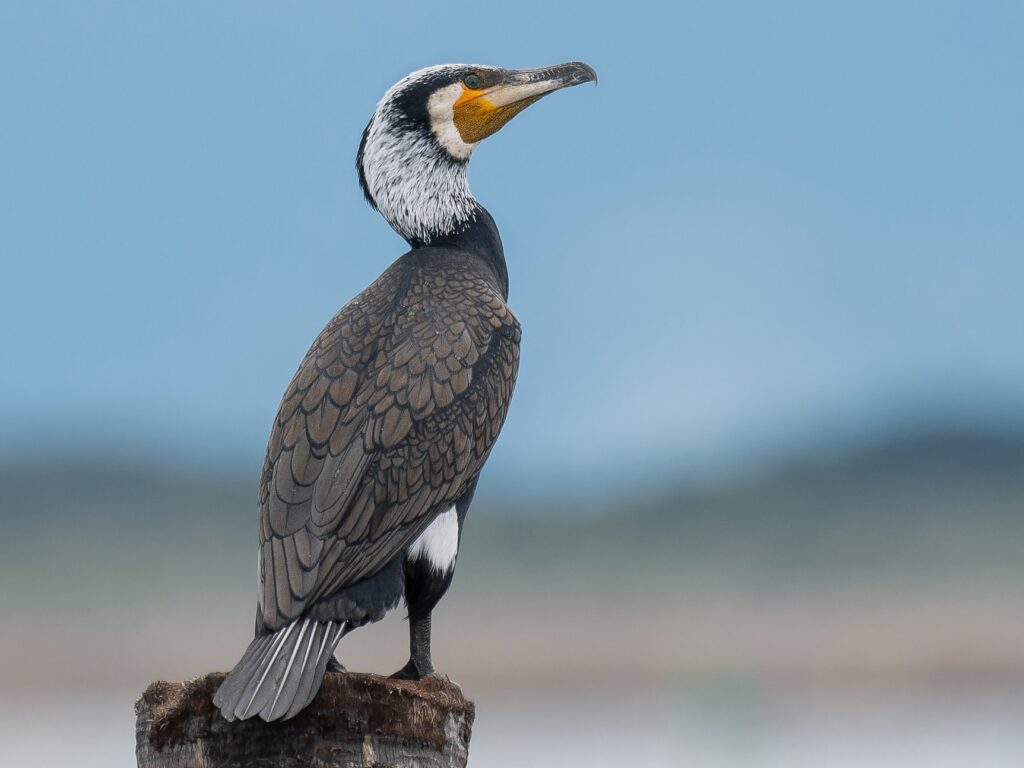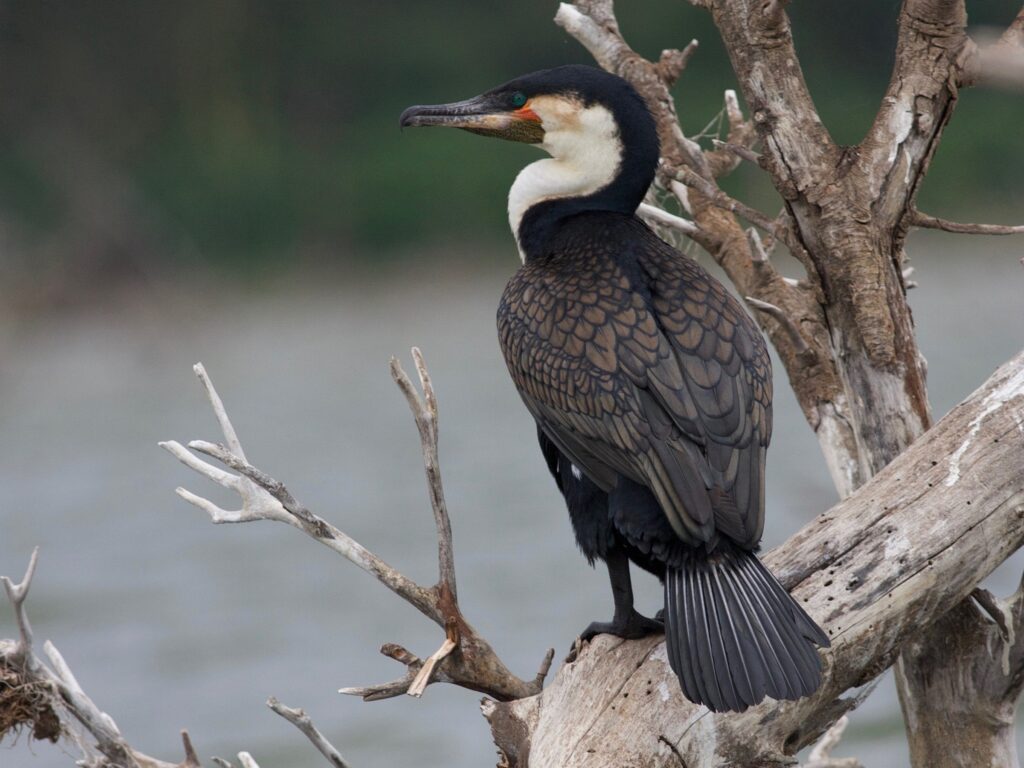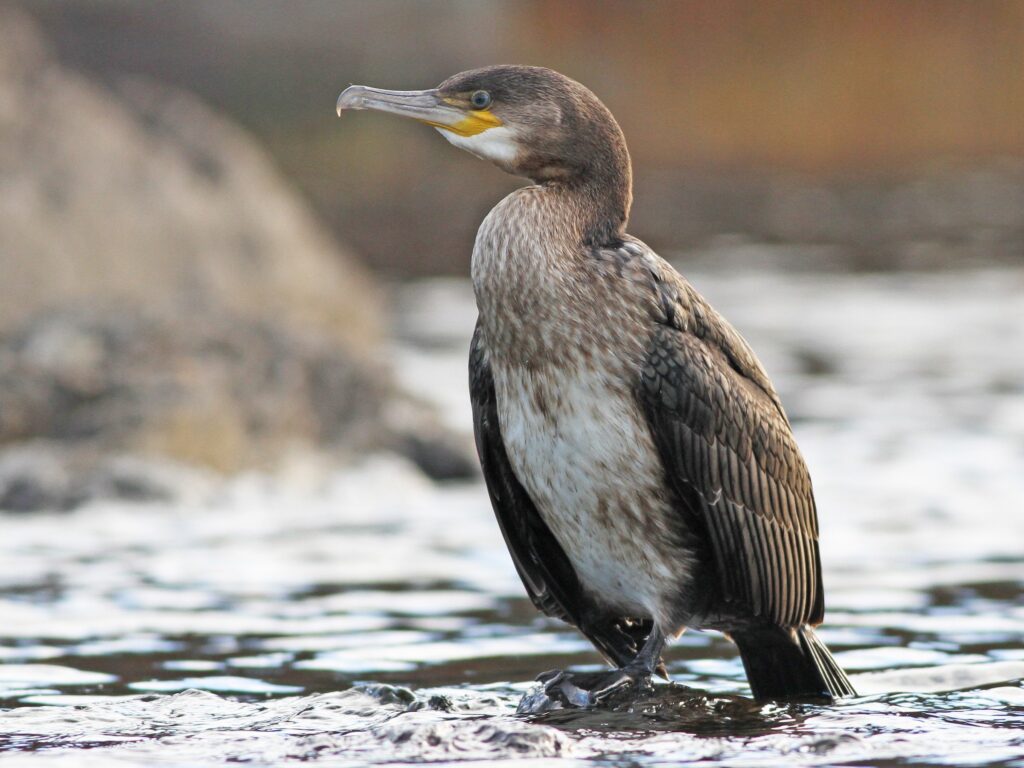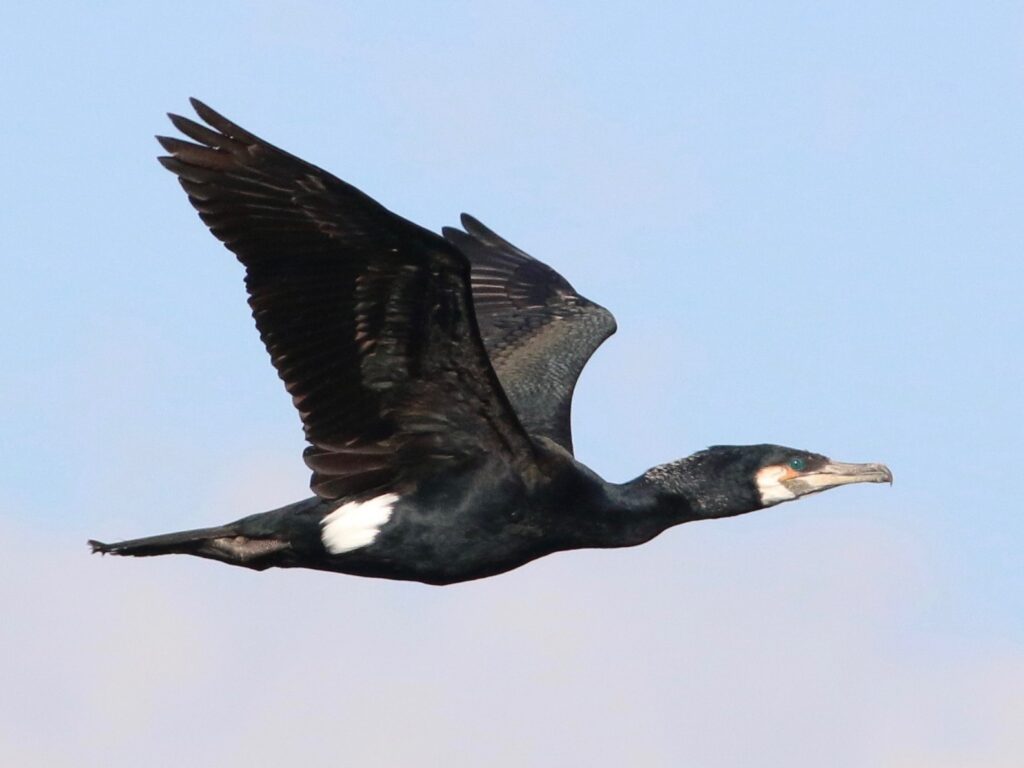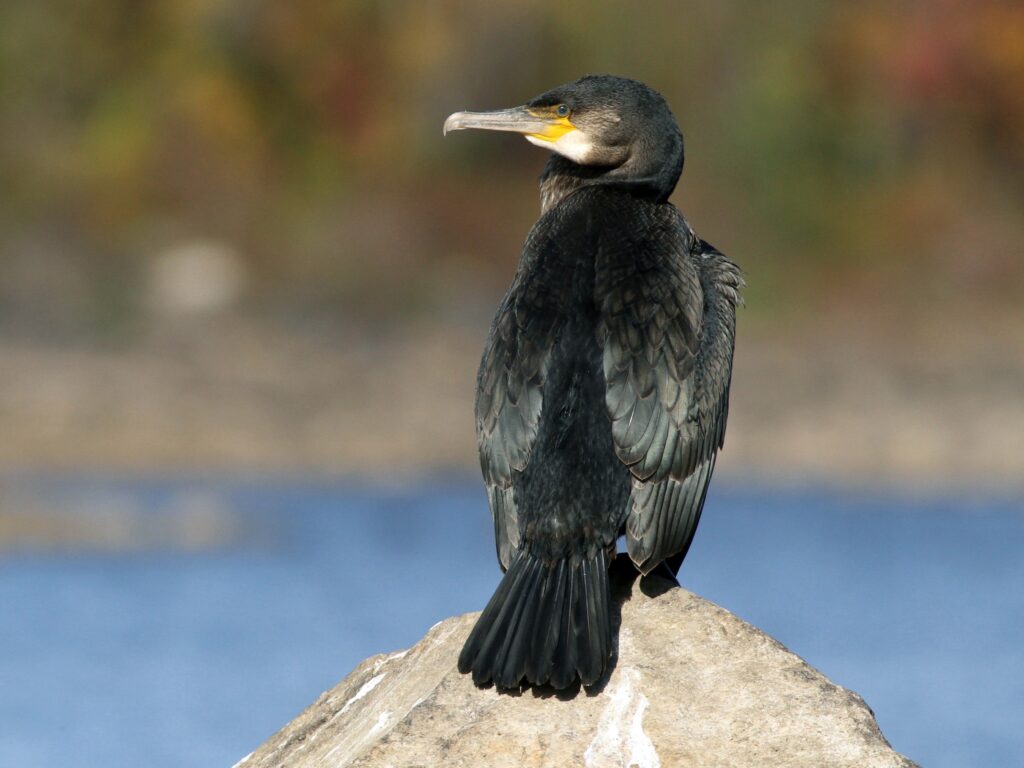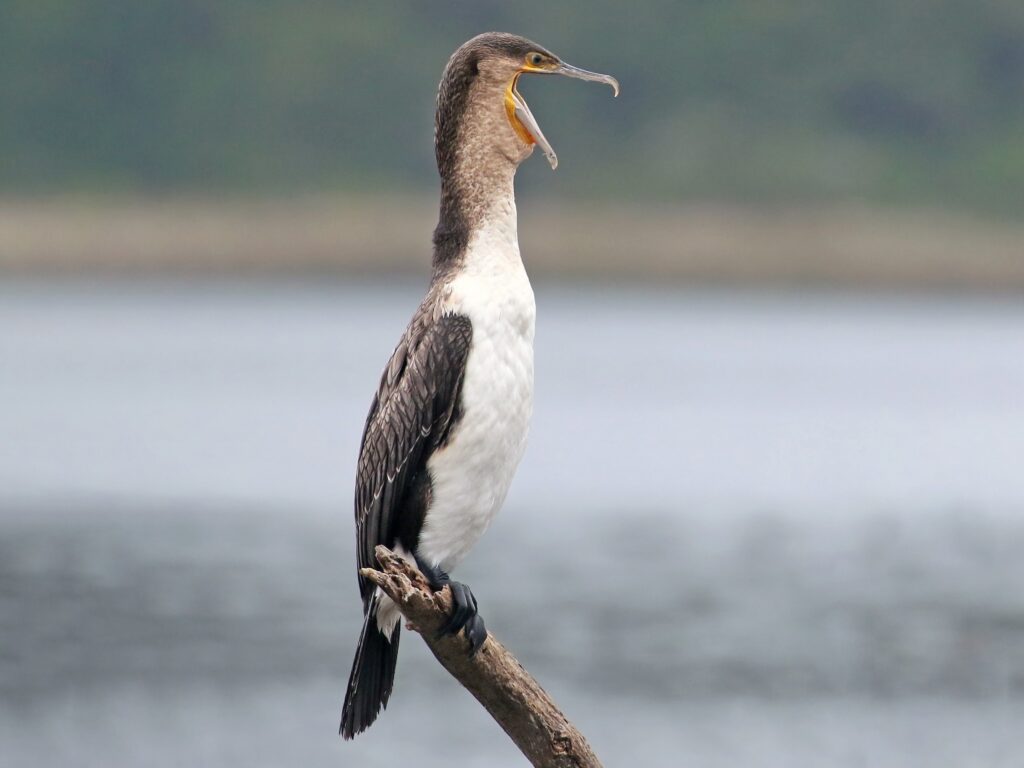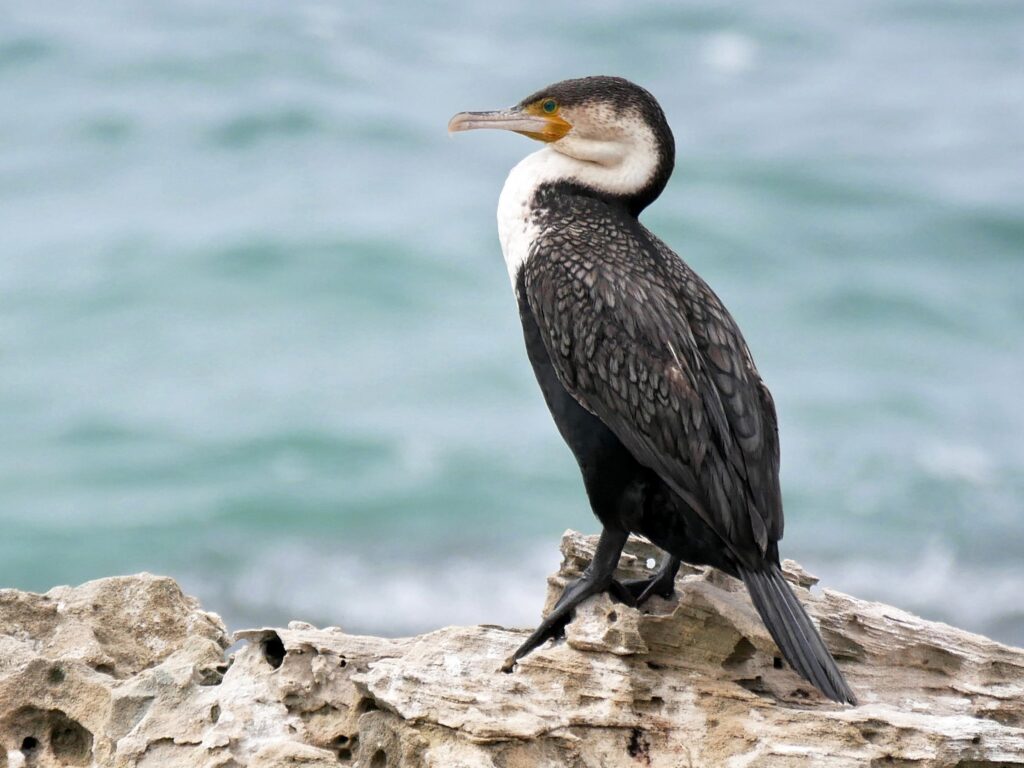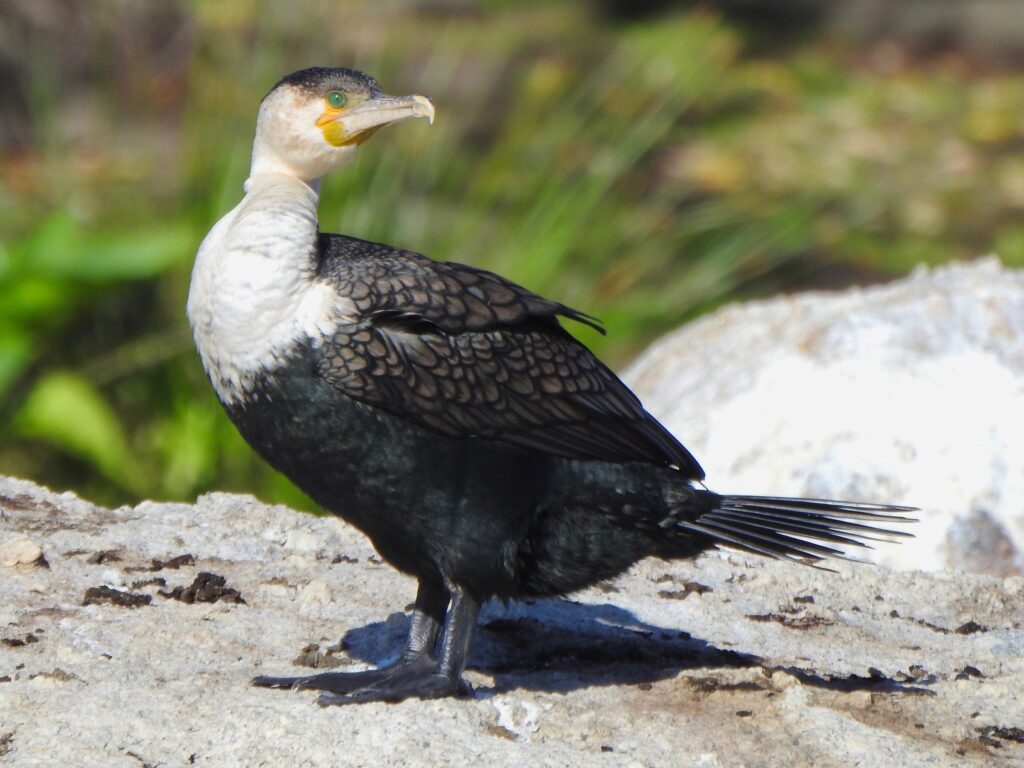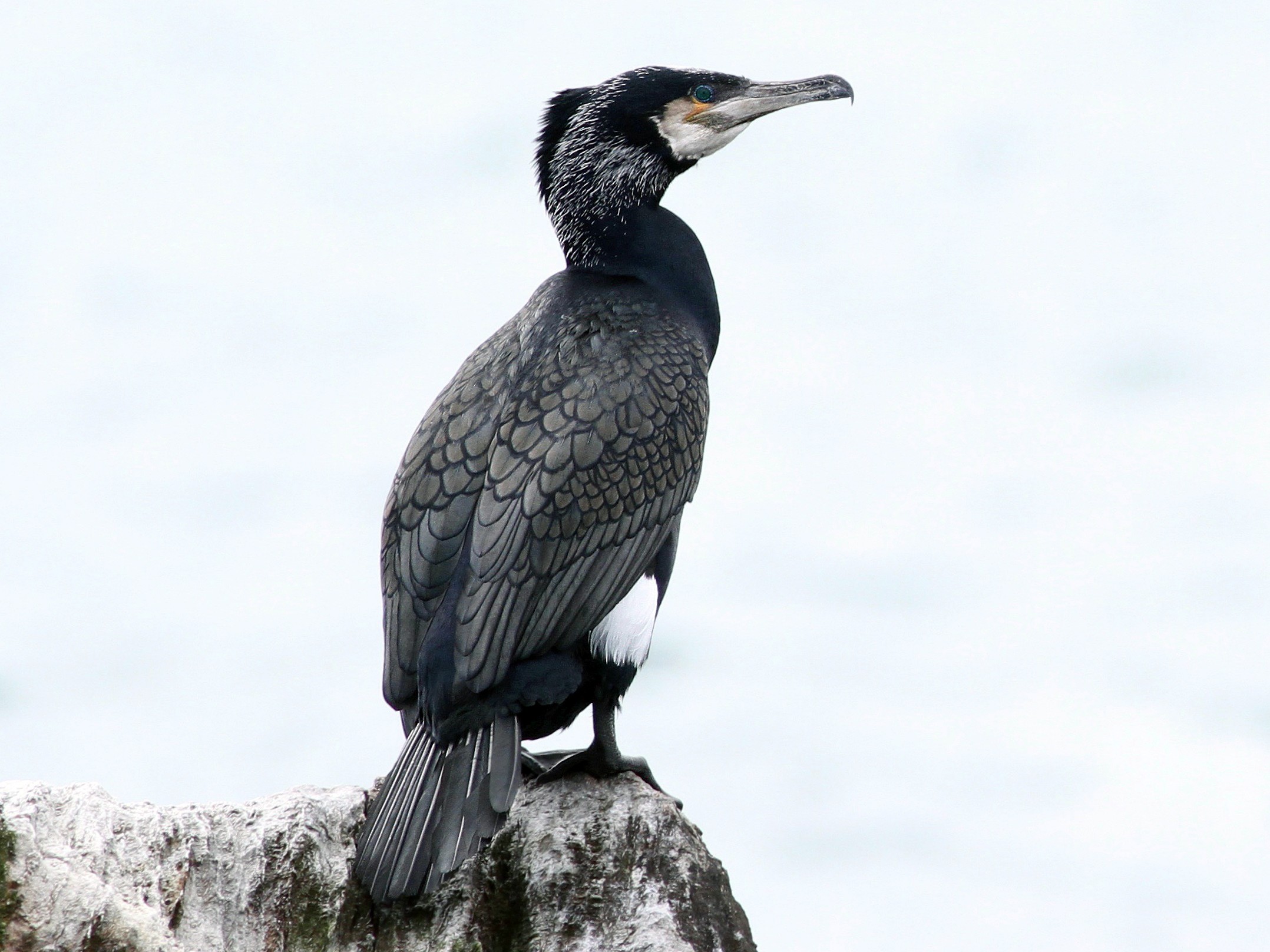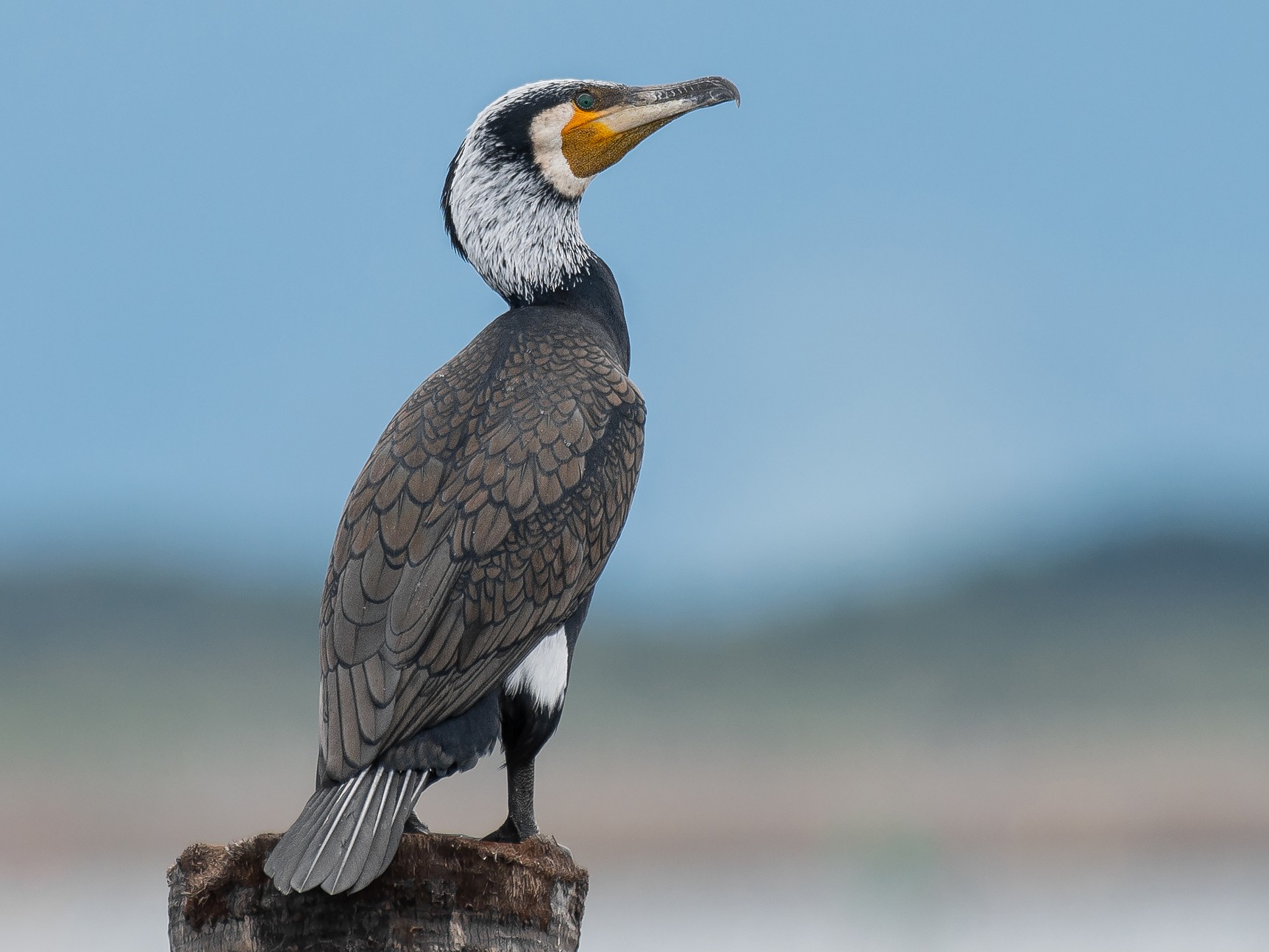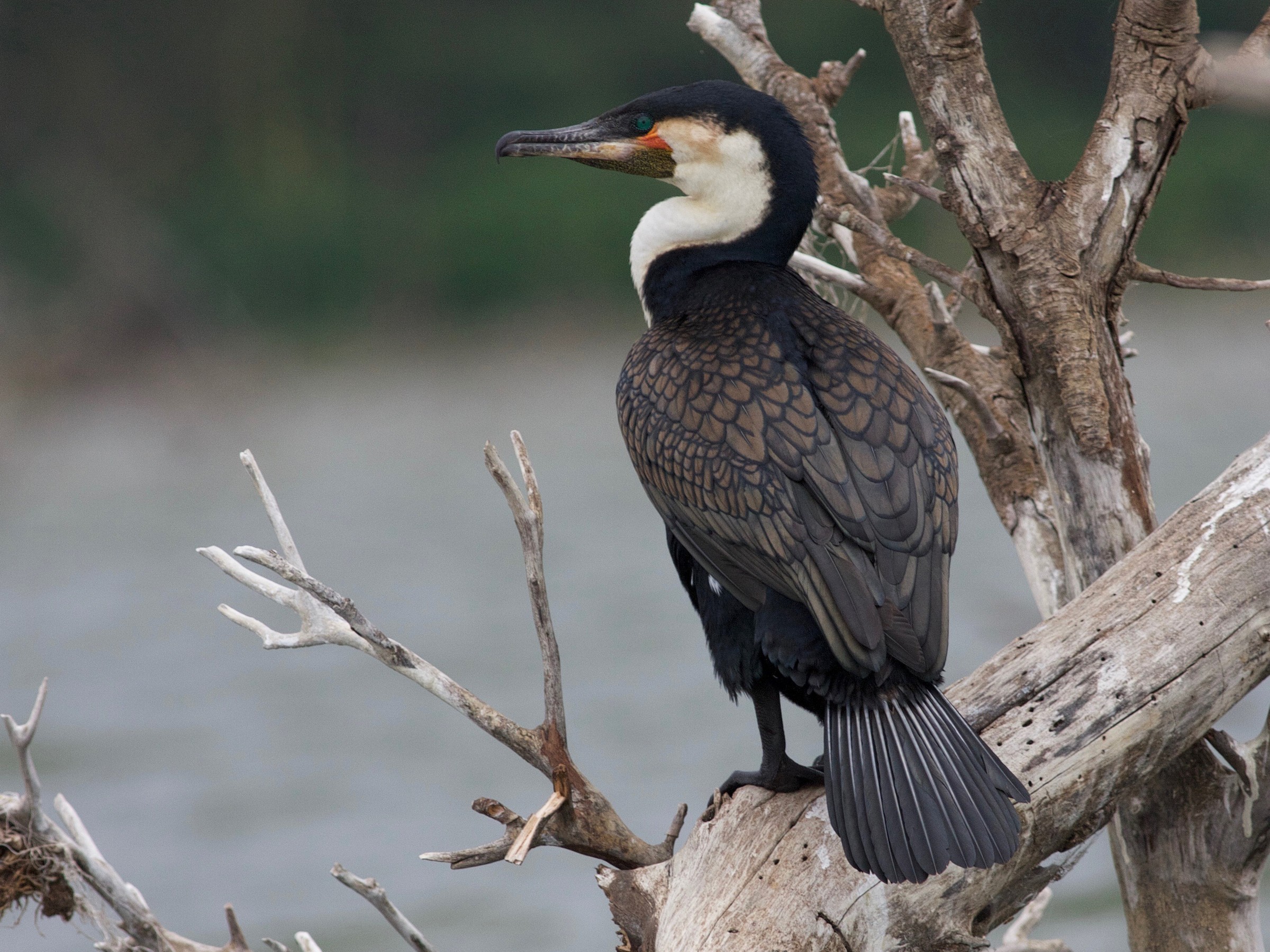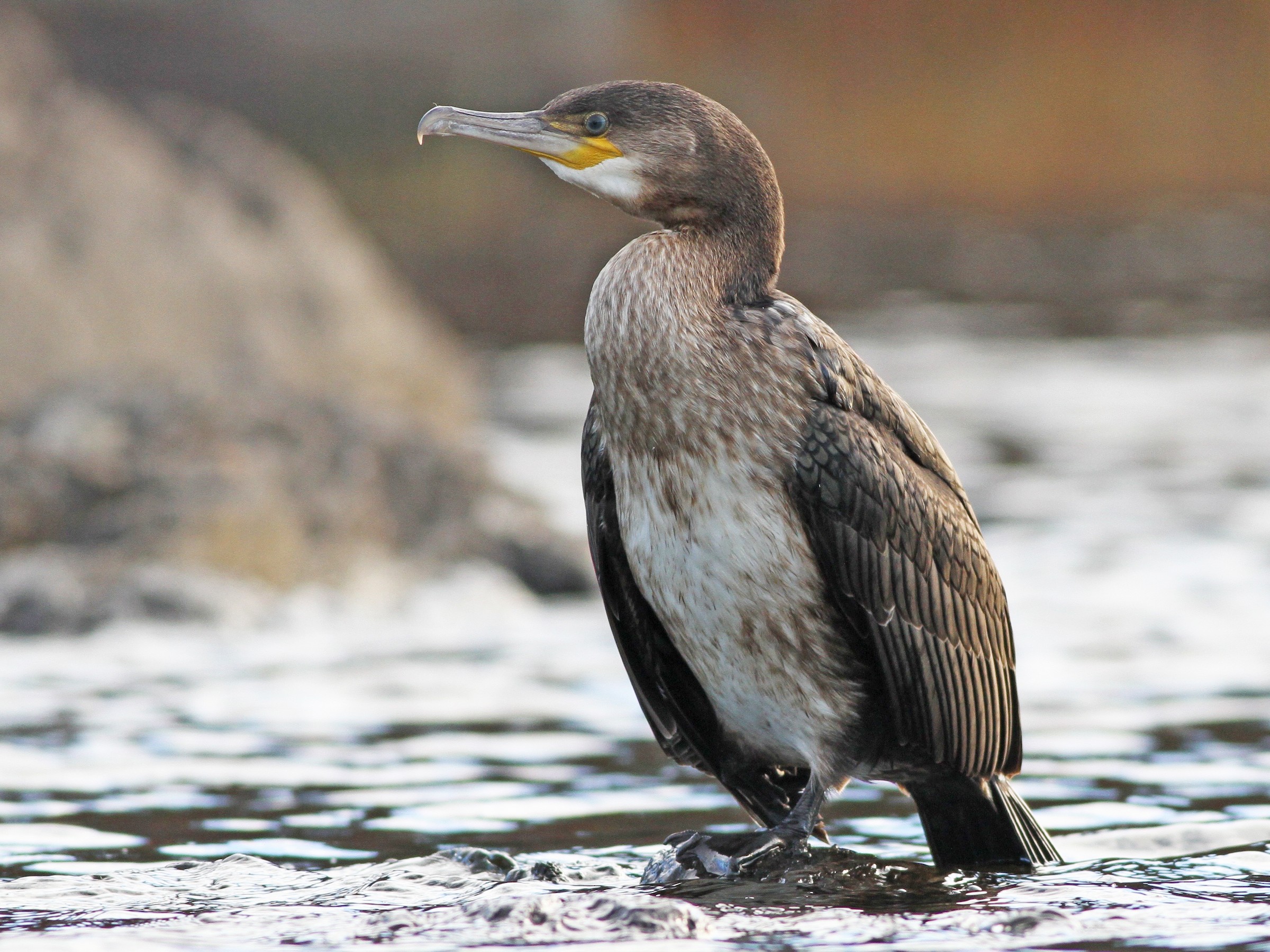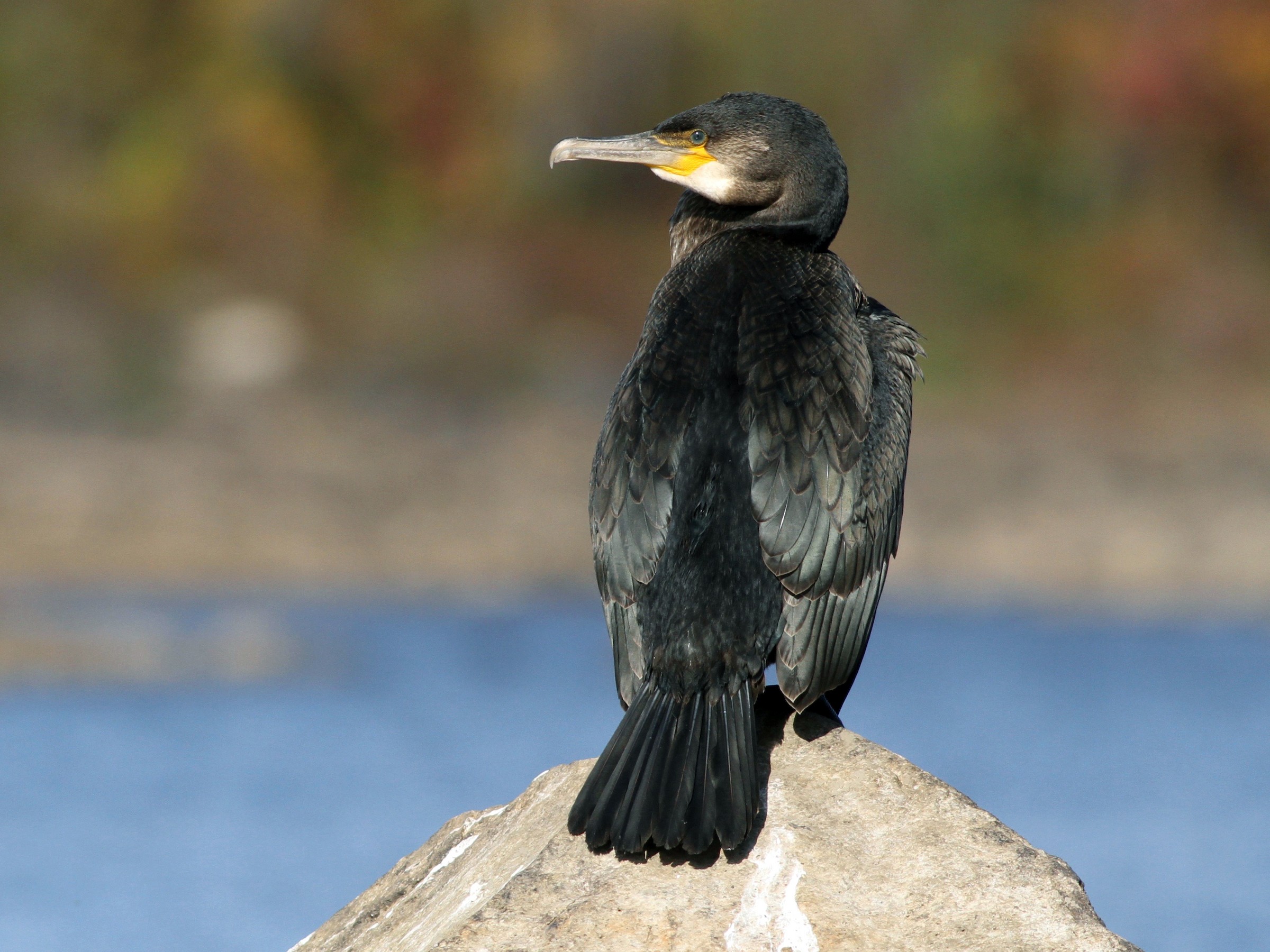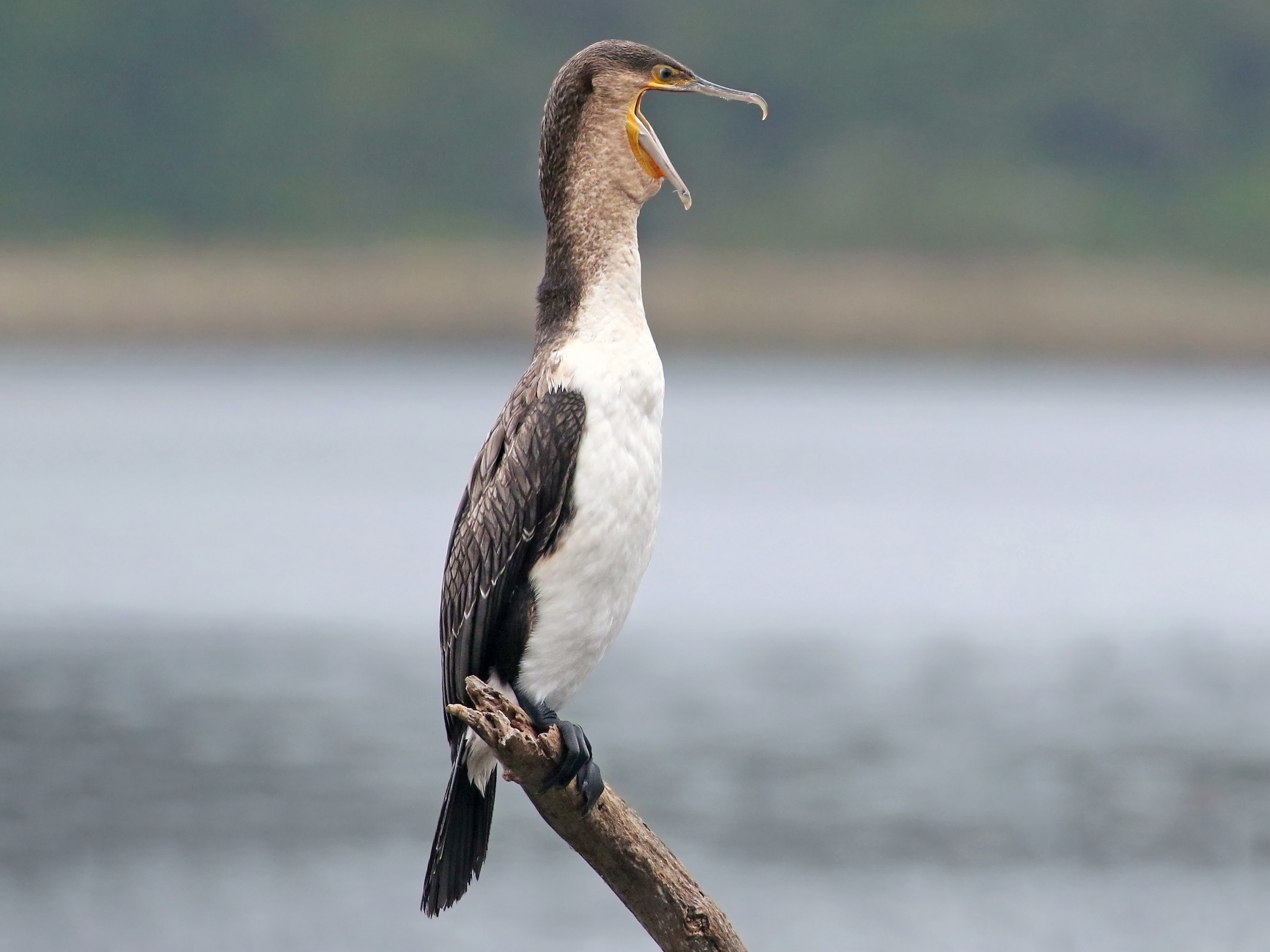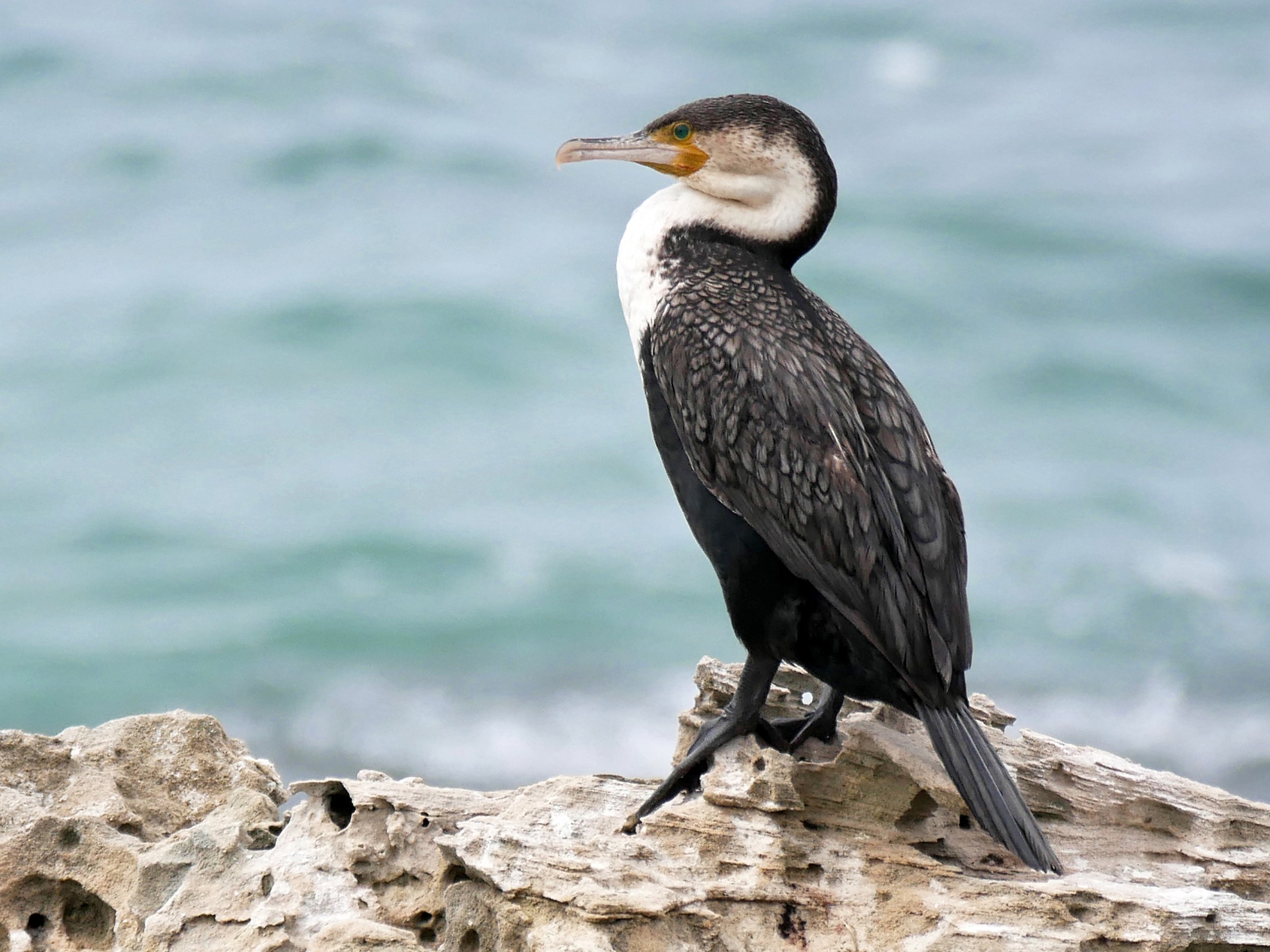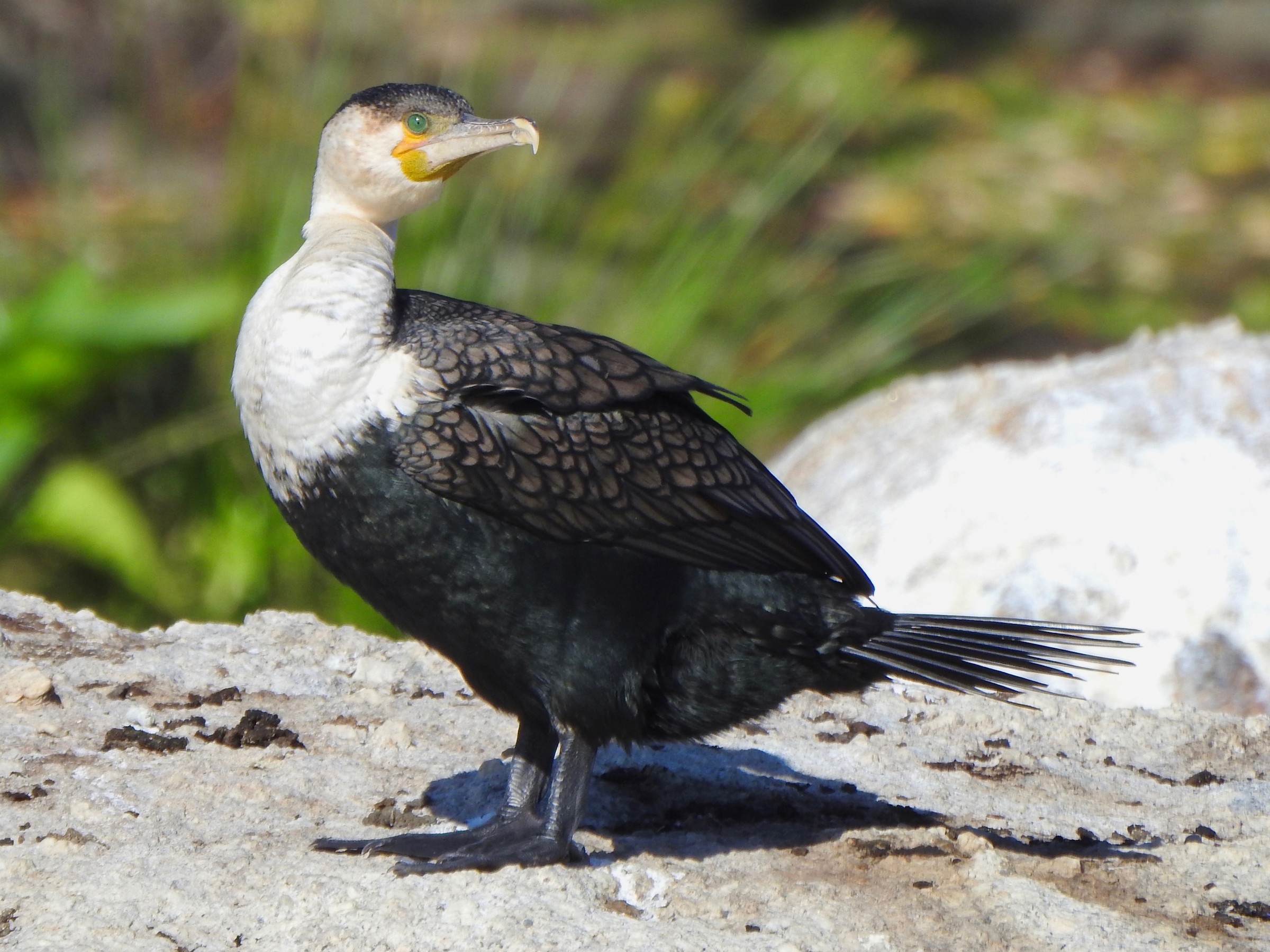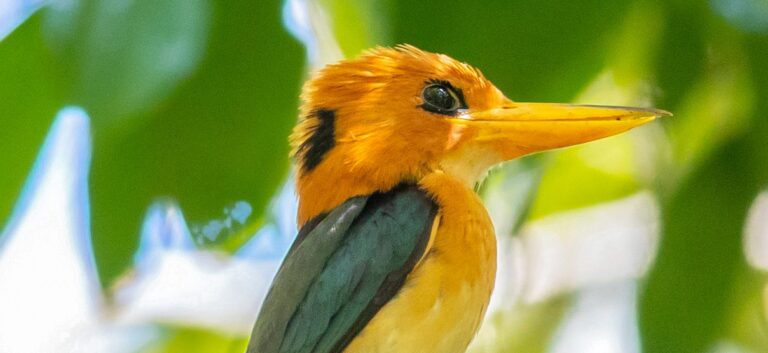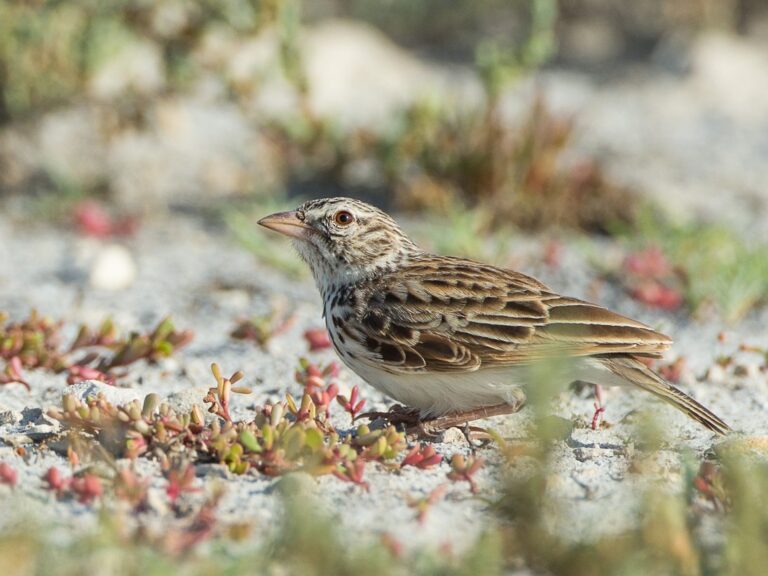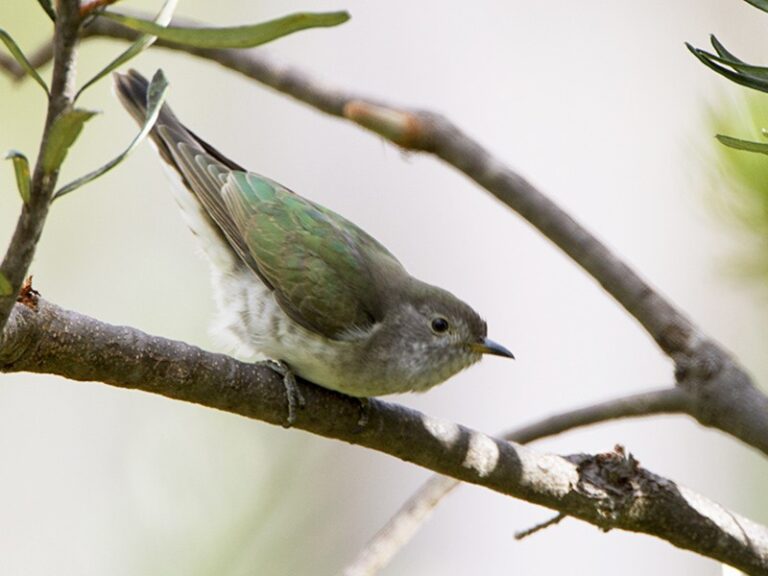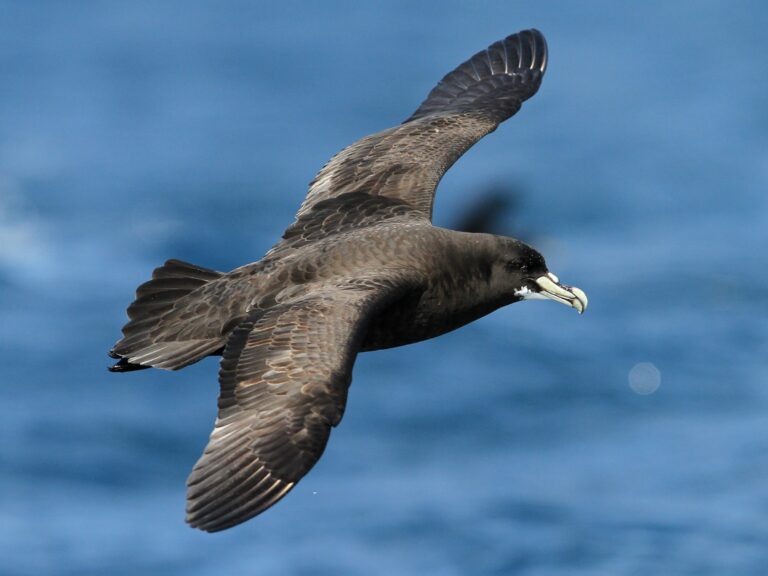Great Cormorant: Masterful Swimmers of Our Waters
The Great Cormorant, known scientifically as Phalacrocorax carbo, is a fascinating bird that draws attention across various ecosystems. This species plays a crucial role in aquatic environments, influencing both fish populations and the health of their habitats. With its distinctive long neck and striking black feathers, the Great Cormorant is easily recognizable. While commonly found near water bodies, this bird’s adaptability allows it to thrive in diverse locations.
These cormorants are skilled hunters, often diving deep to catch fish. Their impressive foraging techniques have sparked both admiration and concern, particularly among those involved in fishing industries. As the population of Great Cormorants continues to grow, discussions about their impact on fish stocks become more important.
Exploring the Great Cormorant reveals not just its ecological importance but also its cultural significance throughout history. This bird has appeared in folklore and art, showcasing its long-standing relationship with humans. Understanding these aspects can enrich one’s appreciation for this remarkable species.
Key Takeaways
- The Great Cormorant significantly impacts aquatic ecosystems.
- This bird is known for its distinctive appearance and hunting skills.
- Cultural connections to the Great Cormorant add depth to its ecological role.
Identification of the Great Cormorant
The Great Cormorant is a distinctive bird, known for its unique physical traits and features that set it apart from similar species. Key identification points include its coloration, bill structure, and specific markings. Observing these traits can help in identifying this bird effectively.
Physical Characteristics
Great Cormorants are large, water-dwelling birds. They typically measure about 28 to 34 inches in length, with a wingspan that can reach up to 5 feet. They have a striking black plumage on their bodies.
Key features include:
- Bill: Their bill is long and hooked, which helps them catch fish effectively.
- Neck: This species has a long neck that is often held in a characteristic S-curve shape.
- Throat: The throat area is generally adorned with a patch that can appear white during mating season.
Additionally, they have a pale belly that contrasts with their dark feathers. Their vibrant eyes are another notable feature.
Differences from Similar Species
When comparing the Great Cormorant to other cormorants, such as the Black Shag, several differences can be noted.
One of the main distinguishing features is the white patch found on the Great Cormorant’s throat, which is absent in most other cormorants.
Also, their overall size is larger compared to similar species.
In field guides, images of the Great Cormorant depict its robust body shape and unique bill, which are easy to identify even from a distance.
These features collectively help observers tell the Great Cormorant apart from its close relatives.
Habitat and Range
The Great Cormorant is found across various regions and environments around the globe. This bird thrives in many habitats, allowing it to adapt to different ecological conditions. The following sections provide specific details on its geographical distribution and preferred environments.
Geographical Distribution
Great Cormorants have a wide geographical range. They are found in North America, Europe, Asia, and parts of Africa. In North America, they are common along the coasts and inland waters like lakes and rivers. In Canada, they inhabit areas such as Prince Edward Island.
In Japan and other parts of East Asia, they also nest in coastal regions. The species is well-documented in New Zealand, where they are often sighted around lakes and harbors. This vast distribution allows them to exploit various ecological niches.
Preferred Environments
Great Cormorants prefer aquatic environments with abundant food sources. They are often found near oceans, lakes, and rivers, where they can dive for fish. Cormorants enjoy both freshwater and saltwater habitats.
These birds typically establish colonies on islands or coastal cliffs to avoid land predators. Sandy beaches, rocky shorelines, and marshes are also suitable nesting sites. Their adaptability to different environments helps them thrive in diverse conditions, whether in busy coastal regions or tranquil inland areas.
Behavior and Ecology
Great Cormorants exhibit unique behaviors that relate to their feeding habits, breeding practices, and social organization. Understanding these aspects provides valuable insights into the life of this seabird species.
Feeding Habits
Great Cormorants are expert fishers, mainly feeding on a variety of fish species. Their diet can include perch, herring, and other small fish, which they catch by diving underwater.
The cormorants can dive to depths of up to 45 meters. They often hunt in groups, which can improve their hunting success. Their wettable plumage helps them become more buoyant in water, allowing for more efficient foraging.
Cormorants also modify their foraging strategies based on available prey and environmental conditions. This adaptability helps them thrive in various habitats, including lakes and coastal areas.
Breeding and Reproduction
The breeding season for Great Cormorants typically occurs from late winter to early summer. During this time, they establish nesting colonies near water bodies.
Nests are often constructed in trees or on cliffs, made of sticks and vegetation. Female cormorants lay 3 to 6 eggs per clutch, with both parents sharing incubation duties.
Once the chicks hatch, they are fed regurgitated fish by both parents. The young cormorants are reliant on their parents for several weeks until they fledge. Successful breeding relies on factors like food availability and population density in their chosen habitat.
Social Structure
Great Cormorants are generally sociable birds and often form large colonies. These colonies serve multiple purposes, from nesting to foraging.
Within these groups, social hierarchies can form. Dominant individuals may secure better feeding areas. Cooperation during feeding is common, as birds may work together to herd fish.
Cormorants also have distinct vocalizations that are used for communication within the colony. Their social structure plays a crucial role in their overall survival and reproductive success in varied environments.
Conservation Status
The conservation status of the Great Cormorant is important for understanding the overall health of its populations and the efforts needed to protect them. This section discusses the trends observed in its population and the conservation measures implemented to ensure its survival.
Population Trends
Great Cormorant populations have shown significant fluctuations over the years. In some regions, their numbers have increased, while in others, they face decline. Historically, these birds faced threats such as hunting and habitat loss, which led to reduced populations.
Recent studies indicate that populations are stabilizing, particularly in areas where protective measures are in place. For example, in Europe, studies show an increase in nesting sites. As of the latest assessments, the Great Cormorant is not considered endangered or at immediate risk of extinction, but continued monitoring is essential to ensure stability.
Conservation Efforts
Various conservation efforts are underway to protect the Great Cormorant. Key measures include habitat restoration, which provides safe nesting sites and access to adequate food sources.
Organizations also focus on public awareness campaigns to reduce human-wildlife conflict. This includes educating local communities about the species’ ecological role. Hunting regulations have been improved to protect these birds during critical nesting periods.
Collaboration between government bodies and conservation groups has led to comprehensive management plans. These strategies aim to balance cormorant populations with the interests of fisheries and other stakeholders to maintain healthy ecosystems.
Cultural and Historical Significance
The Great Cormorant has played a significant role in both human culture and ecosystems. This bird, known for its fishing abilities, has been linked to various cultural practices throughout history. Its presence has influenced local traditions and ecological systems.
Cormorants in Human Culture
Across many cultures, cormorants have been valued for their unique fishing skills. In parts of Asia, they have been trained to catch fish for centuries. This practice, known as cormorant fishing, involves using a leash to prevent the bird from swallowing its catch. This method highlights the bond between humans and these birds.
In European history, cormorants also held importance, especially in the 17th century. They were used for fishing in lakes and rivers, showcasing their ability to dramatically enhance food production. Artists and poets have often depicted cormorants in their work, illustrating their cultural significance. Additionally, cormorants appear in folklore, symbolizing various themes such as resourcefulness and adaptability.
Role in Ecosystems
Great Cormorants play an essential role in aquatic ecosystems. They primarily feed on fish, helping to maintain a balanced fish population. Their presence can indicate the health of a waterbody, as they require clean water and a stable food supply.
Cormorants also contribute to nutrient cycling. When they excrete waste near water bodies, it enriches the soil and promotes aquatic plant growth. This process supports various marine species and improves overall ecosystem productivity. However, their large colonies can impact local fish populations if not managed properly. Understanding their ecological role helps in effective conservation efforts.
Frequently Asked Questions
This section addresses common questions about the Great Cormorant. It covers differences from similar species, physical characteristics, geographic distribution, and conservation issues.
What distinguishes a Great Cormorant from a Double-crested Cormorant?
The Great Cormorant is typically larger than the Double-crested Cormorant. Its plumage is mostly black with a white patch on its throat, while the Double-crested has a more varied coloration and two distinctive crests during breeding.
What is the typical size of a Great Cormorant?
A Great Cormorant can reach lengths of about 28 to 34 inches. Their wingspan can measure between 45 to 60 inches, making them one of the largest cormorant species.
What regions constitute the natural range of Great Cormorants?
Great Cormorants are found in diverse environments across Europe, Asia, and North America. They prefer coastal areas, lakes, and rivers, where they can easily access water for fishing.
Can you identify some birds that are similar to cormorants?
Birds similar to cormorants include penguins and pelicans. Both groups share some traits, such as swimming habits, but differ in appearance and behavior.
What is the habitat preference of Great Cormorants?
Great Cormorants prefer habitats near bodies of water, such as coastal areas, rivers, and lakes. These environments provide ample opportunities for hunting fish, their primary food source.
Are there any conservation concerns regarding Great Cormorants?
There are concerns about the impact of Great Cormorants on local fish populations. In some regions, they are viewed as overpopulating, which can lead to conflicts with fisheries and local ecosystems.
